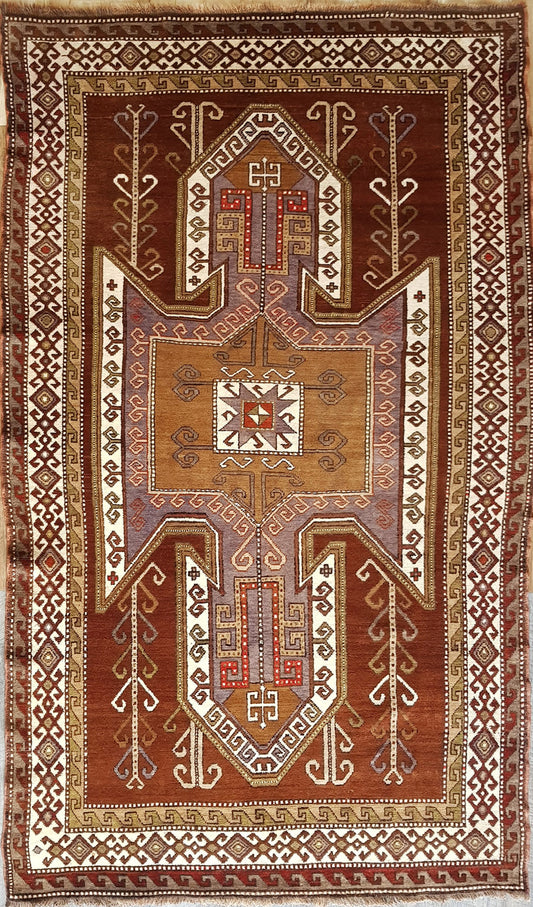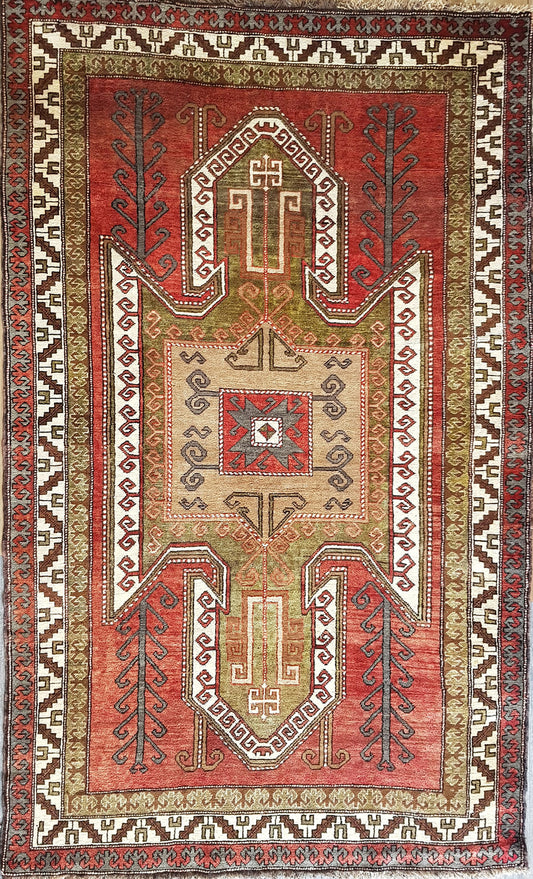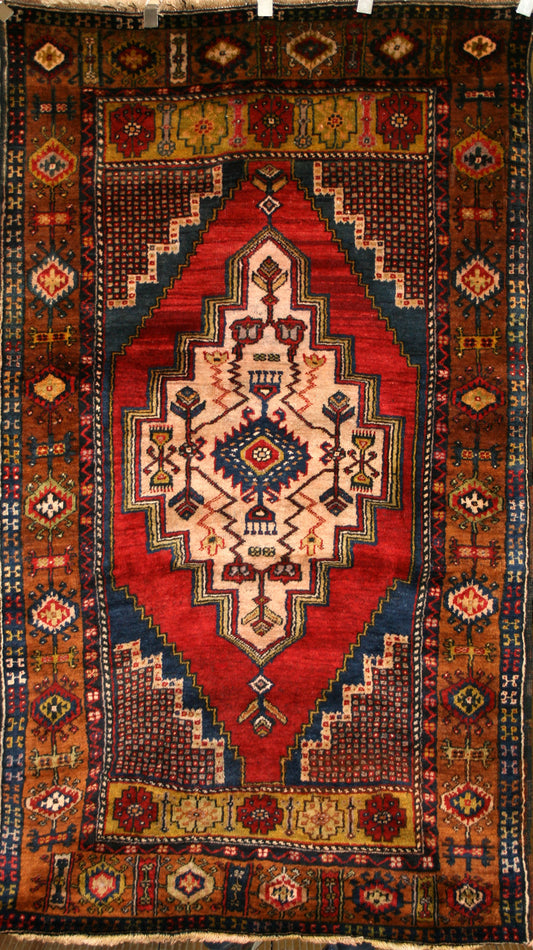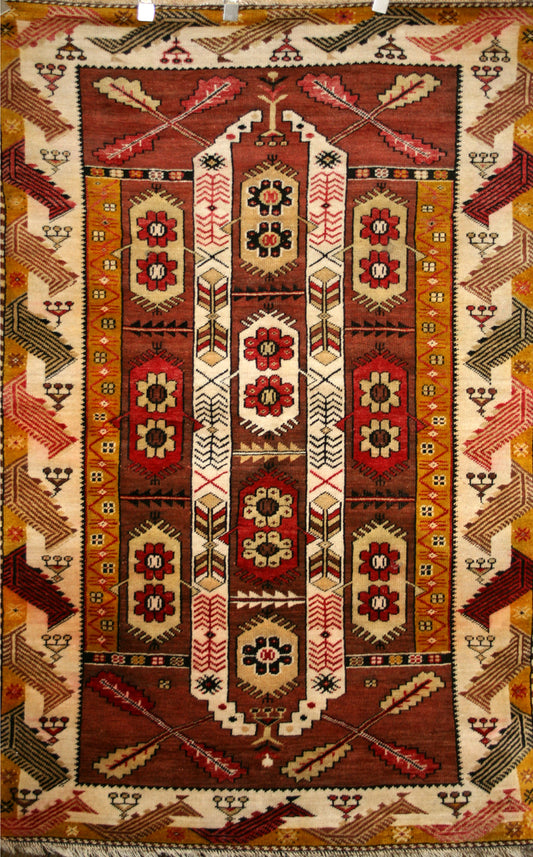Taspinar Rug History & Origin Guide
A Brief History of Taspinar Rugs
Taspinar is a small village located in central Turkey, known for its rich rug-making tradition. It is situated approximately 90 kilometers (56 miles) south of Konya city, which is the capital of the Konya province. The proximity of Taspinar to Konya has allowed for the sharing of rug-making techniques and designs, while also enabling Taspinar weavers to develop their distinct characteristics and style.
The art of rug weaving in Taspinar dates back centuries, with the villagers passing down their skills and knowledge from one generation to the next. Historically, Taspinar rugs were created primarily for domestic use, with the weavers incorporating their own personal style and creativity into each piece.
Designs and Patterns
Taspinar rugs showcase unique and intricate patterns that often include floral and geometric motifs. The designs are a blend of traditional Anatolian elements and Central Asian influences, resulting in a distinct and captivating visual appeal. Taspinar rugs are typically characterized by a central medallion surrounded by intricate borders and filled with stylized floral elements, giving them a timeless and elegant appearance.
Colours
Taspinar rugs are known for their rich and warm colour palettes. Natural dyes are used to create the vibrant colours, including deep reds, blues, and yellows, as well as more subdued shades of ivory, green, and brown. The harmonious combination of colours in these rugs adds to their overall visual appeal and enhances their distinctive designs.
Materials and Knotting
Taspinar rugs are traditionally hand-knotted using high-quality wool sourced from the local area. The weavers take great care to select the finest materials, ensuring that the rugs are both durable and soft to the touch. Taspinar rugs typically feature a medium to low knot density to reflect their more angular and geometric construction.
Notable Features
One of the distinguishing features of Taspinar rugs is their thick and plush pile, which adds to their luxurious feel. The rugs are also known for their durability and resilience, making them a popular choice for both collectors and homeowners alike. Taspinar rugs are not only beautiful but also functional, providing warmth and comfort to any living space.
Symbolism and Cultural Significance
Taspinar rugs often carry deep symbolic meanings, with each motif and design element representing a specific cultural or spiritual concept. The weavers incorporate these symbols as a way of expressing their beliefs, emotions, and personal stories. Some common motifs found in Taspinar rugs include the Tree of Life, representing growth and fertility, and the Evil Eye, which is believed to offer protection against negative forces.
Famous Weavers and Workshops
While there may not be specific names of famous weavers or workshops associated with Taspinar rugs, the village itself is renowned for its skilled artisans. These master weavers are dedicated to preserving the traditional techniques and passing on their knowledge to future generations, ensuring that the art of Taspinar rug weaving remains alive and flourishing.
Environmental Impact on Taspinar Rugs
The climate and geography of Taspinar play a significant role in the quality of the rugs produced in the region. The village is located in an area with abundant sheep farming, providing access to high-quality wool. The local climate, with its cold winters and hot summers, contributes to the growth of strong and resilient wool, which in turn affects the durability and texture of the finished rugs.
Supporting Local Artisans
By purchasing a Taspinar rug, you are not only acquiring a beautiful piece of art for your home but also supporting the local artisans and preserving the traditional craft. The rug-making industry is an essential part of the Taspinar community, providing employment and economic stability for the villagers. Your investment in a Taspinar rug contributes to the continuation of this centuries-old art form.
Visiting Taspinar
Although not a major tourist destination, visiting Taspinar offers an authentic experience of rural Turkish life and a chance to witness the traditional rug-making process first-hand. The best time to visit Taspinar is during the spring and autumn months when the weather is mild and pleasant. While in the region, consider exploring the nearby city of Aksaray, which offers a variety of cultural and historical attractions.
Discover Taspinar Rugs for Your Home
Enhance your living space with the timeless beauty and artistry of Taspinar rugs. Browse our carefully curated collection of Taspinar rugs, each hand-selected for its quality and design, and bring a touch of warmth and elegance to your home. Explore our Taspinar rugs collection now and discover the perfect piece to complement your decor.
Browse Our Current Selection of Taspinar Rugs
-
Semi-Antique Turkish Taspinar Rug
Regular price £1,905.00Regular priceUnit price / per -
Semi-Antique Turkish Taspinar Rug
Regular price £2,105.00Regular priceUnit price / per -
Semi-Antique Turkish Taspinar Rug
Regular price £1,095.00Regular priceUnit price / per£1,275.00Sale price £1,095.00Sold -
Semi-Antique Turkish Taspinar Rug
Regular price £745.00Regular priceUnit price / per -
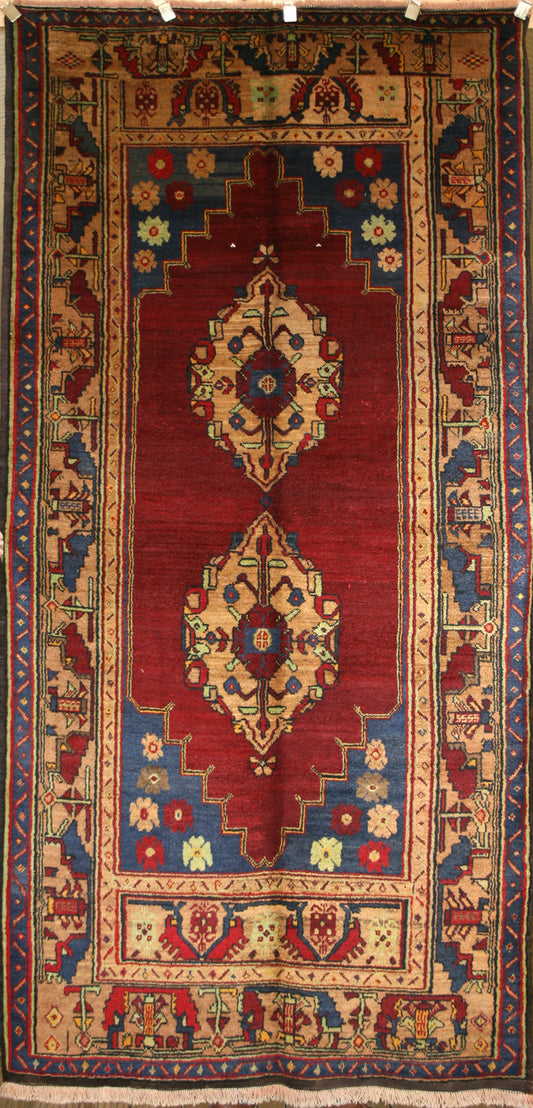 Sale
SaleTurkish Taspinar Rug
Regular price £1,005.00Regular priceUnit price / per£1,375.00Sale price £1,005.00Sale

